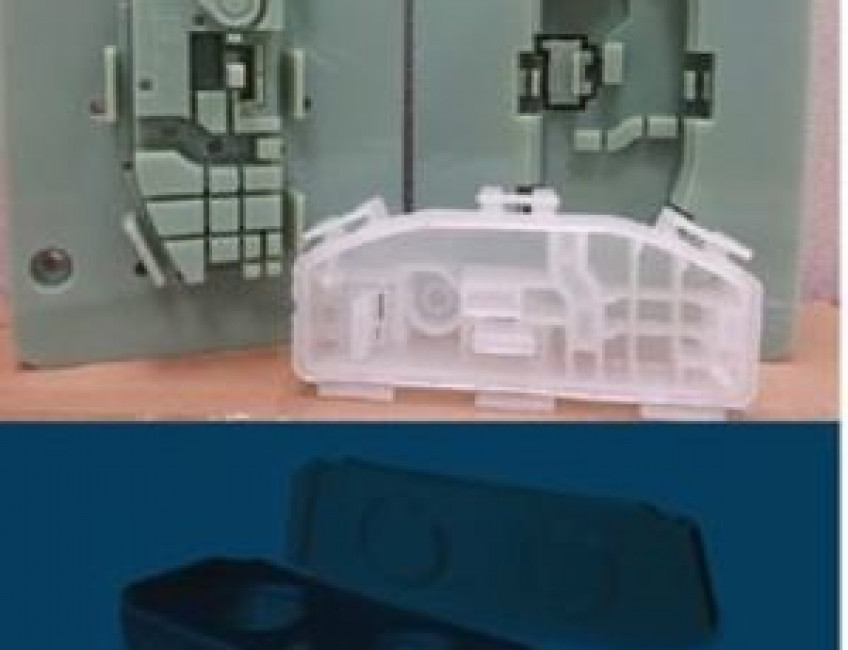With traditional manufacturing methods, it’s not practical to manufacture a single item or short run of products — it’s simply too expensive, in terms of both time and money. Securing factory space, setting up a production line and procuring jigs and fixtures all incur substantial costs that can’t be justified for a few items.
But what if there were a way to fill those needs — a handful of parts to restock low inventory, a specialized tool or three prototypes for testing — for far less expense? And what if those items could be created overnight, in-house and in a hands-off process? That’s exactly what 3D printing technology offers manufacturers: the freedom to test more ideas; to make exactly what’s needed, whenever it’s needed; to customize parts and tools for unique applications; and ultimately, to make better products. 3D printers and 3D production systems can help manufacturers create detailed prototypes, essential manufacturing tools and durable enduse parts — without sharing confidential design information or waiting weeks for items to be shipped.
PARTS: END-USE QUALITY WITHOUT THE FACTORY
In addition to prototypes and tooling, modern 3D printing technology can produce durable, stable end-use parts — bypassing the production line altogether. The Production Series from 3D printers uses a range of materials, including production grade thermoplastics, to create parts with predictable mechanical, chemical and thermal properties.
Low-volume production is a market segment that traditionally hasn’t been covered well. Most injection moulding houses, for example, won’t take an order under a set number of components, or they charge a high fee to make it worth their while. It often makes more sense to complete the job in-house instead.
Boeing, for example, makes aircraft for multiple airlines. Although the plane itself is essentially the same from one order to the next, the interiors vary; as a result, a particular air duct may bend to the right instead of upward. They don’t want to have to go have a $40,000 tool made overseas to create just 25 of these parts. They’re better off printing them off their 3D printer and using them as a finished part directly on the aircraft.

WWrite a Comment